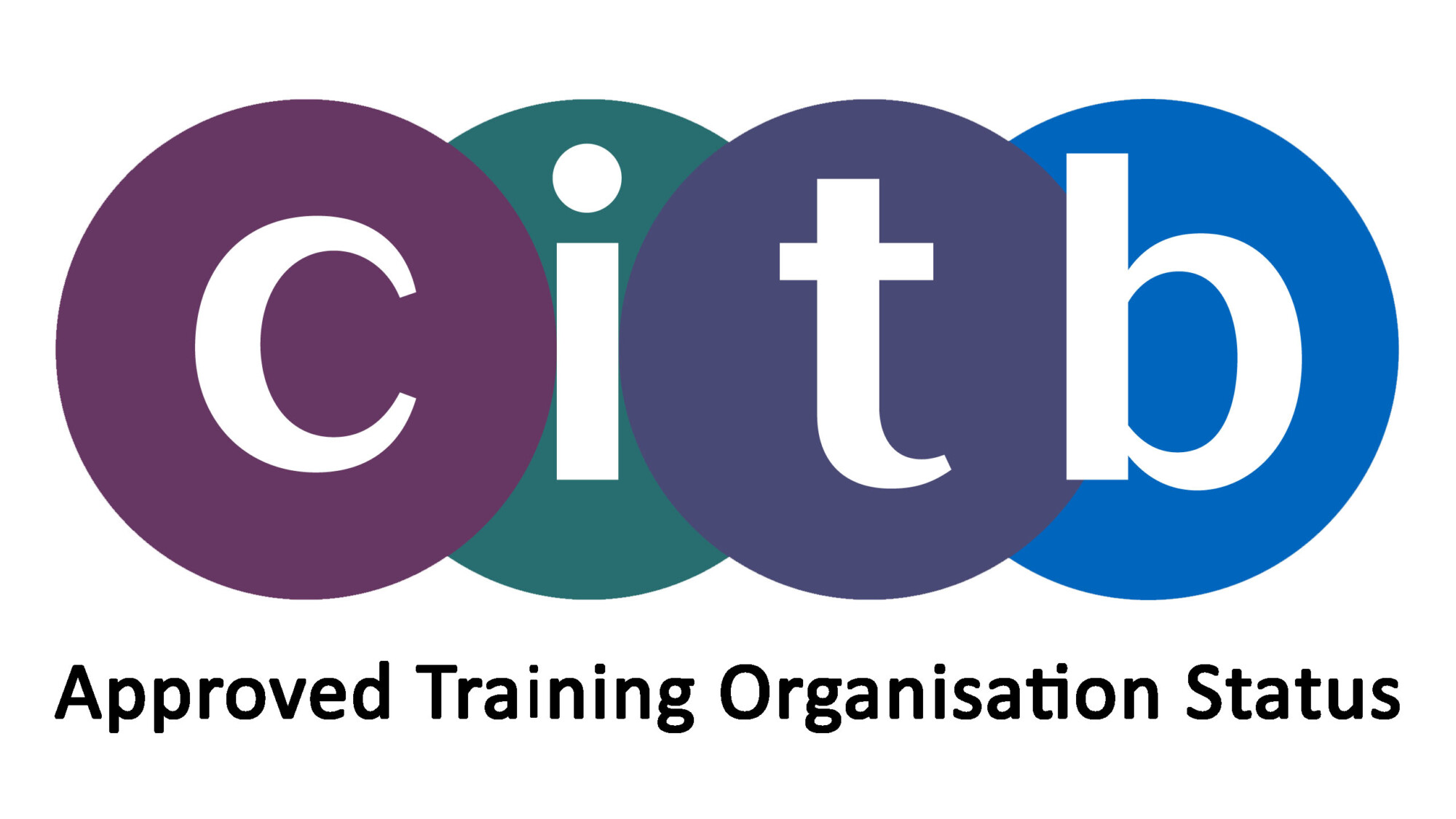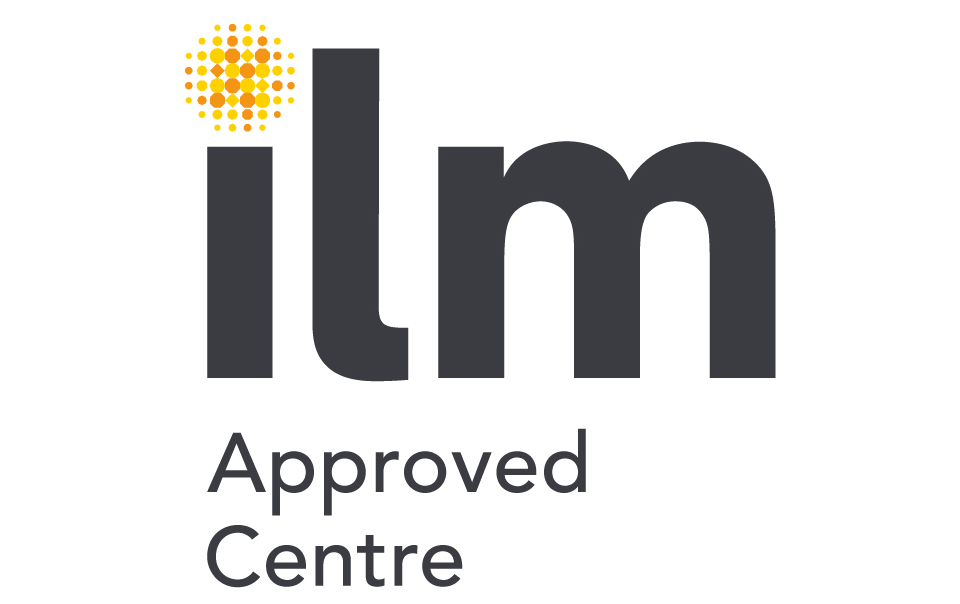How Do I Carry Out a Training Needs Analysis?
In the dynamic landscape of today’s business world, the importance of a well-structured and effective training programme cannot be overstated. At the heart of such programmes lies a crucial process known as Training Needs Analysis (TNA), which serves as the blueprint for optimising training investments and ensuring that employees’ skills align with organisational goals. This article delves into the TNA process, offering insights into how businesses can identify training gaps within their organisation and ensure their training efforts are both effective and strategically aligned.
Defining Training Needs Analysis (TNA)
Training Needs Analysis (TNA) is a systematic approach for identifying and assessing training requirements within an organisation. The primary purpose of TNA is to ensure that training initiatives are directly linked to organisational objectives and the developmental needs of employees. By conducting a TNA, organisations can pinpoint and identify training gaps and training priorities, ensuring that resources allocated to training provide the maximum benefit to both the individual and the organisation.
The Importance of TNA
The significance of TNA extends beyond merely identifying training needs; it is about ensuring the right training is delivered to the right people at the right time. Through TNA, organisations can prevent unnecessary spending on redundant or ineffective training programmes or training the wrong people.
TNA processes play a vital role in enhancing employee performance and satisfaction by providing targeted, relevant learning opportunities. This strategic approach to training fosters an adaptive and skilled workforce capable of meeting current and future challenges.
Training Needs Analysis Steps
Step 1: Identify Objectives and Goals
The first step in the TNA process involves defining clear, measurable objectives for the training programme. These objectives should be intricately linked to the broader business goals, ensuring that training efforts contribute to the overall strategic direction of the organisation. By establishing what the organisation aims to achieve through training, it becomes easier to tailor the training programme to address specific needs.
Step 2: Data Collection
Data collection is a critical phase where information regarding current skills, knowledge levels, and performance is gathered. This can be achieved through various methods, including surveys, interviews, focus groups, and performance assessments. Engaging with stakeholders and employees during this phase is crucial for gaining a comprehensive understanding of existing competencies and identifying areas where training is needed.
Step 3: Analysing Data
Once data is collected, the next step is to analyse to identify specific training needs. This involves sifting through the information to categorise needs based on their importance and urgency. Such analysis helps in understanding not only what training is required but also the depth of the training needed within the businesses or organisation.
Step 4: Identifying Skill Gaps
Identifying skill gaps is about pinpointing the specific areas where there is a discrepancy between the current capabilities of employees and the skills required to achieve organisational goals. This step requires a careful examination of both present and future needs, ensuring that training initiatives are forward-thinking and aligned with the trajectory of the organisation.
Step 5: Prioritising Training Initiatives
With the identified needs at hand, the next step is to prioritise them based on factors such as impact on business goals, cost-effectiveness, and urgency. Prioritisation ensures that resources are allocated efficiently, focusing on training initiatives that will deliver the greatest return on investment.
Step 6: Developing a Training Plan
Developing a training plan involves translating the identified needs into a structured training agenda that outlines the objectives, methodologies, and resources required for each training initiative. This plan should be customised to suit the specific needs of the organisation, incorporating a mix of training methods to cater to different learning styles.
Step 7: Implementing and Evaluating
The implementation phase brings the training plan to life, but the process doesn’t end here. Ongoing evaluation is essential to assess the effectiveness of the training programme. This involves gathering feedback, measuring training outcomes against the predefined objectives, and making adjustments as necessary to ensure the training continues to meet the needs of the organisation and its employees. Evaluating training helps to prove a Return on Investment which can be valuable for proving its success.
Common Challenges and Solutions
Organisations often face challenges such as limited resources, resistance to change, and difficulties in measuring training effectiveness. Addressing these challenges requires a strategic approach, including securing management support, clearly communicating the benefits of training, and employing robust evaluation methods to demonstrate value and drive continuous improvement.
The Role of Technology
Technology plays a pivotal role in streamlining the TNA process, offering innovative solutions that enhance efficiency and accuracy. Digital tools and software not only facilitate the logistical aspects of conducting a training needs analysis but also enrich the quality of data collected and the effectiveness of training programmes delivered.
Here are some examples of technology platforms and software that are instrumental in the TNA process:
- Learning Management Systems (LMS): Platforms like Moodle, Blackboard, and Canvas provide a centralised space for managing training content, delivering courses, and tracking learner progress. These systems often include features for assessing skills and identifying gaps, making them invaluable for TNA.
- Survey and Feedback Tools: Applications such as SurveyMonkey, Google Forms, and Qualtrics are excellent for collecting data from employees. These tools can be used to gather insights into employee perceptions, knowledge levels, and training needs, feeding directly into the training needs analysis process.
- Performance Management Software: Tools like Cornerstone OnDemand and BambooHR offer robust solutions for tracking employee performance and development. These platforms can help identify areas where employees are excelling or struggling, providing data-driven insights for TNA.
- Analytics and Data Visualisation Tools: Software like Tableau and Microsoft Power BI can transform raw data into actionable insights. By visualising training needs and outcomes, organisations can make informed decisions about where to focus their training efforts.
- E-Learning Authoring Tools: Platforms such as Articulate Storyline and Adobe Captivate allow for the creation of custom training content. These tools can be used to develop tailored training materials based on the specific needs identified through the training needs analysis process.
Integrating these technologies into the TNA process not only simplifies data collection and analysis but also enables organisations to deliver targeted and engaging training programmes. By leveraging these digital tools, businesses can ensure their training initiatives are both effective and aligned with the evolving needs of their workforce and the strategic objectives of the organisation.
Conclusion
Training Needs Analysis (TNA) is crucial for aligning employee development with strategic goals and optimising training investments. Key steps include setting clear objectives, gathering and analysing data, identifying skill gaps, prioritising training needs, and implementing a targeted training plan. By leveraging technology, organisations can streamline the TNA process, ensuring training efforts are both efficient and effective.
The benefits of a well-conducted TNA extend beyond filling immediate skills shortages; it prepares organisations for future challenges and fosters a culture of continuous improvement.
Keystone Training Ltd specialises in delivering bespoke training services that help organisations pinpoint and address training gaps effectively.
Ready to enhance your team’s capabilities and drive business growth? Contact Keystone Training Ltd for expert training services to help you fill the training gaps you’ve identified within your organisation, strategically addressing your training needs. Together, we can help you build a skilled, adaptable, and high-performing workforce.


